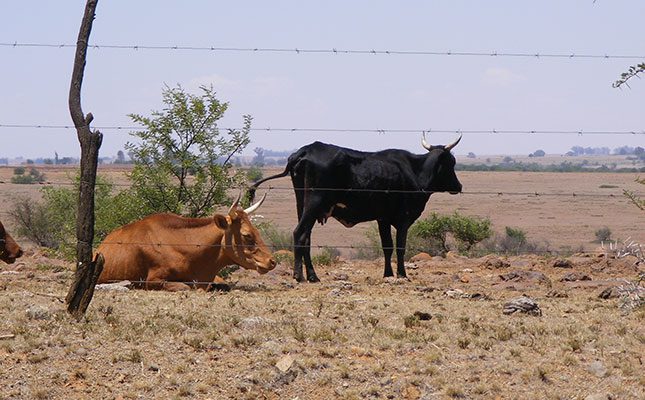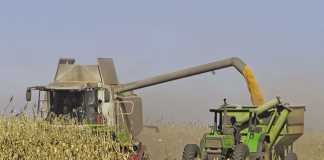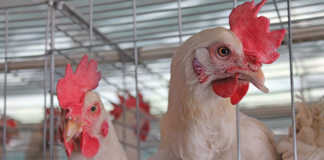
Rabies, a zoonotic disease that is usually transmitted through bites or saliva exposure from infected animals, remains a significant global health concern.
Once the rabies virus enters the body, it travels along peripheral nerves and launches an attack on the brain. There are two forms of rabies: furious rabies and paralytic rabies. Both forms lead to progressive and invariably fatal inflammation of the central nervous system, causing severe neurological damage and ultimately leading to death.
According to Dr Danie Odendaal, director of the Veterinarian Network, rabies can be effectively prevented through animal vaccination. However, vaccination isn’t administered regularly; instead, it is typically given in response to specific problems and at the request of the farmer. This is primarily due to the relatively high cost of the vaccine.
The impact of rabies on livestock, while noteworthy, is less severe compared with its effects on humans. Nevertheless, when rabies is identified in a particular area, farmers must contact their nearest state veterinarian. “If the outbreak occurs within a 5km radius of a farm, vaccination becomes a necessary measure,” Odendaal said.
It is also important to note that the rabies vaccine isn’t a standard vaccination for livestock but is, in contrast, a regular requirement for dogs once every three years.
Signs and symptoms
Dr Alicia Cloete, a state veterinarian, spoke about the signs and symptoms of rabies in livestock. In cattle, abnormal behaviour will include distinctive signs such as a hoarse bellow, vicious attacks on inanimate objects, butting of other cattle, ‘bone in the throat’ syndrome (as if the animal has something stuck in its throat), separating themselves from the rest of the herd, uncoordinated falling, jaw and tongue paralysis, and profuse salivation.
In sheep and goats, the symptoms mirror those seen in cattle, but also feature hypersexual behaviour, incessant bleating, aggression, aimless running, pawing and padding, and grinding of teeth. Horses will have fever reactions. They will bite the original wound site, thrash about, show paralysis, an inability to swallow, and aggression. Pigs will hide in the corner of the pen, show aggression and hypersexual behaviour, and may kill offspring.
Emergency procedure protocol
Rabies is a lethal virus and it is important to act quickly. Cloete said: “The key factor is good, rapid communication. If rabies is suspected in an animal or human patient, the correct stakeholders need to be informed as soon as possible, enabling a proper disease control response from both the veterinary sector and human health sector.”
If you suspect that an animal might have rabies, follow this procedure:
- Immediately isolate the animal so it cannot escape and attack other animals or people.
- Do not handle the animal directly. Be careful not to make any contact with its saliva or get bitten by it. Even if it seems like something is stuck in the animal’s throat, do not put your hand in its mouth to check, because you will get into contact with saliva.
- If you come into contact with its saliva, wash the affected area well with soap and running water for 10 to 15 minutes. Thereafter, immediately go to your nearest medical centre or clinic. If you have an open wound, a doctor will inject rabies immunoglobulins into the wound to bind the rabies virus; this is usually done at a hospital.
- Warn others to stay away from the suspected animal and inform your nearest veterinarian (state or private) or the police immediately. If they suspect rabies, the animal will be euthanised and sampled so it can tested for rabies. Inform them if the rabid animal had contact with any other animal or human.
Shane Brody, a commercial livestock farmer from the Eastern Cape, said that in settings where interaction with livestock was common, emphasis on the need for heightened awareness was paramount, because this highly transmittable disease was often transmitted through spittle.
“Farmers, who frequently interact with livestock, face evident risks of exposure. To mitigate this, it is critical to vaccinate dogs and cattle against rabies and promote vaccination campaigns in communal settings.”
World Rabies Day serves as a reminder that vaccination, public awareness, and the implementation of stringent health protocols are key pillars in the ongoing fight against rabies.












